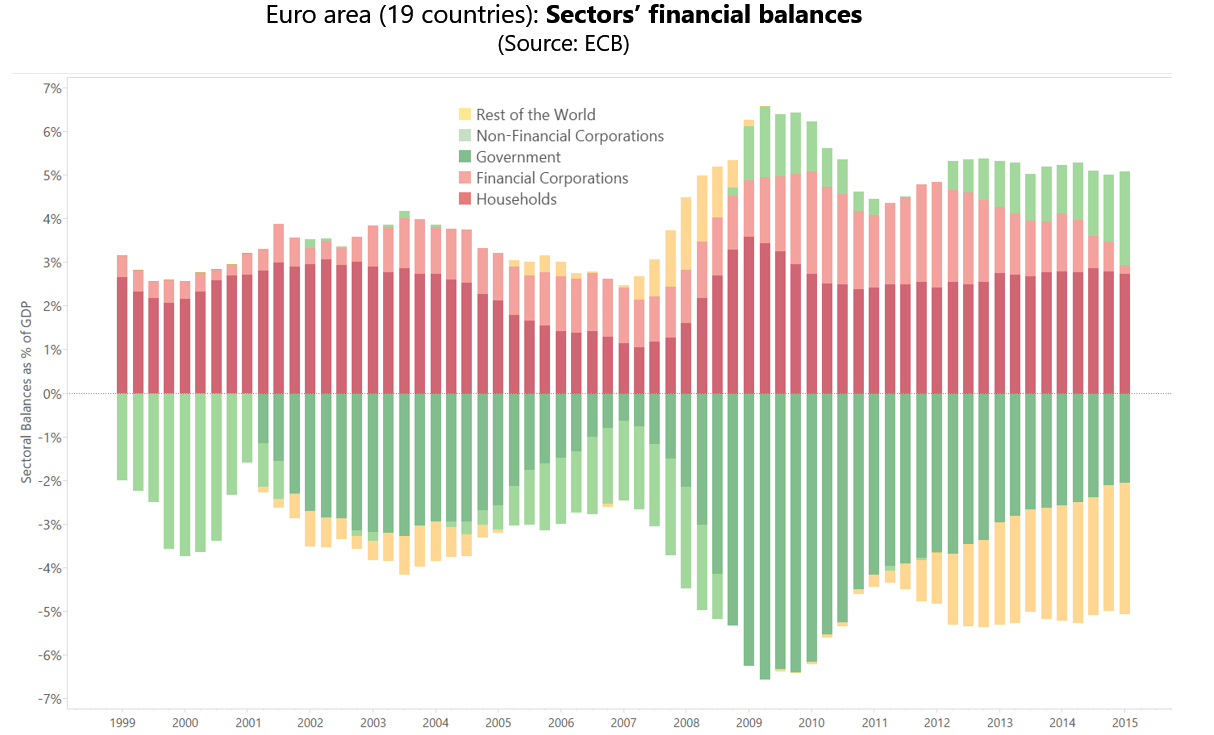In his piece on helicopter money, Lord Adair Turner seemed to argue that:
1) The money multiplier provides the needed boost to expansionary fiscal policy, yet this boost could generate inflation.
2) The risk of inflation could be managed by raising reserve requirements as needed.
Both statements are incorrect.
And this is the slightly expanded version of my Letter to the Financial Times (FT.COM published an abridged version)
In ‘The helicopter money drop demands balance’ (May 22), Lord Adair Turner defends the notion that bigger fiscal deficits are needed to end the current stagnation, but leaves one question unanswered: Why should a money-financed deficit be more powerful than a traditional debt-financed deficit?
